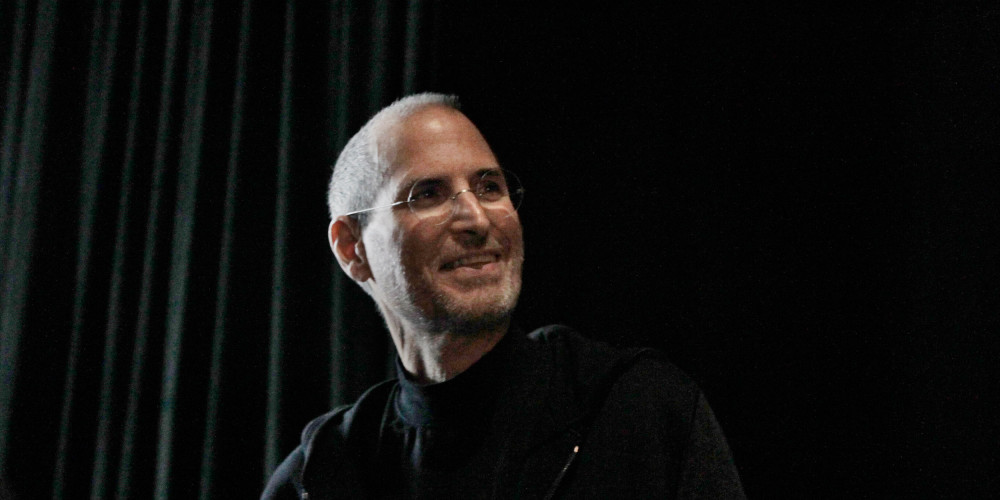Recently I viewed the PBS Documentary Money and Medicine on Netflix.
With all the discussion of the Affordable Care Act glitches and ill-informed finger pointing and confusion happening currently, it’s important to keep the eye on the ball regarding healthcare.
“Why does Healthcare cost so much in the United States? And, why if we’re paying so much for healthcare, aren’t we getting better results?”
The producer and director of Money and Medicine, Roger Weisberg, states:
“I think the biggest single driver is our fee-for-service system that rewards volume instead of value and quantity of medical services instead of quality. And as a result, we end up doing a lot of things that cause more harm than benefit for patients.”
Why is this? What drives volume of healthcare rather than delivering value and quality?
Two factors drive this volume approach to healthcare:
1. Patients believe more care is better care. Patients are insulated from healthcare costs since a third party is paying the bill, so opting for more care is the easy choice.
2. Technology allows doctors and hospitals to deliver the hope of a miracle. A ventilator offers the stroke patient the hope of waking from a coma. Proton beam therapy zaps the early signs and worry of prostate cancer. C-sections make childbirth easier.
The bottom line conclusion on healthcare costs: One third of all healthcare costs are unnecessary. Technology drives most of these costs.
Is health IT the answer to address the very use of technology within healthcare?
What’s missing from most doctor-patient conversations is clinical data backing the results outcomes of potential treatment options. As a result, the patient, as previously mentioned, opts for the more treatment is better option. The physician typically agrees because he or she knows the technology is available to deliver more care.
“… when patients are really given a true, fair choice, that is they’re given all the information about the costs, benefits, risks, tradeoffs, of elective procedures, they tend to choose about 30 to 40 percent less treatment and their rate of consumption drops to about to the level that doctors choose when they’re confronted with those same medical problems.” – Roger Weisberg
All the information. User-friendly, easy to understand information access is what’s needed. The information must first be captured. Patients and doctors must have access to this information.
Technology drives healthcare costs. Information technology offers the solution to make wiser, more informed, better healthcare decisions.
As a health IT entrepreneur, you play a vital role in curbing the rise of healthcare costs.
From a marketing viewpoint, this is what both patients and medical providers need.
The lingering question … is this what they want?
photo credit: Images_of_Money via photopin cc









One thought on “Health IT: How Can You Impact Healthcare Costs?”